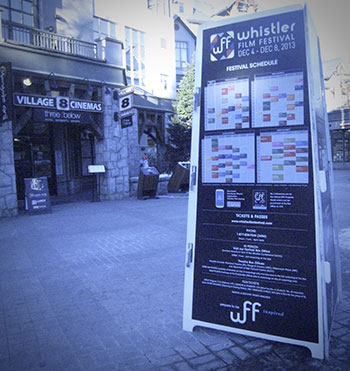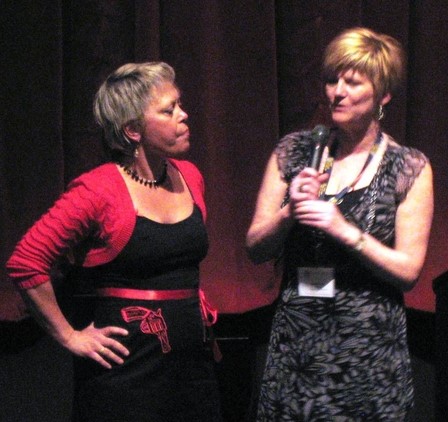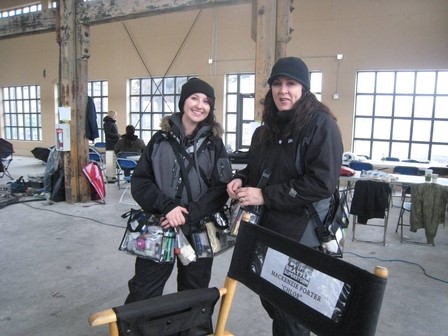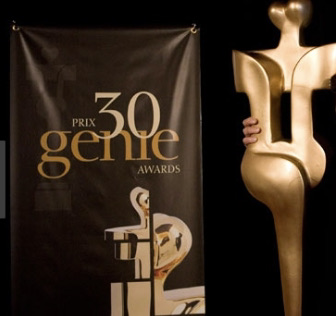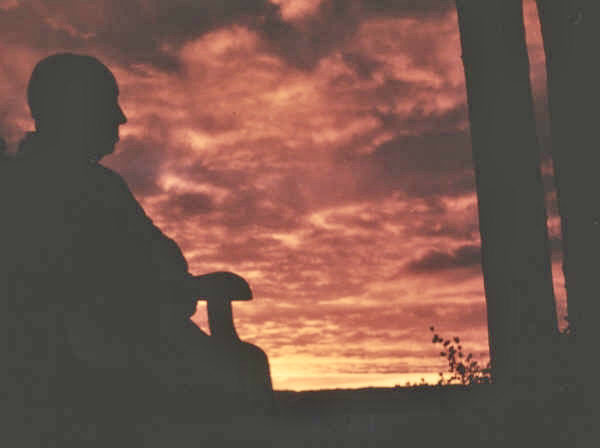The Film Industry Conundrum
Unless women direct action films, there is a slim chance they win the Best Director Award. No one knows this better than the accomplished filmmaker Nancy Meyers. At the base of this conundrum is a greater demand for action films than for chick flicks. The reason is that more men watch movies and they like action.
Best Director – The Turf of Male Filmmakers
Movies with a male in the leading role and a female in the supporting role do better in the box office than movies with females in the leading role. It happens because action movies, with gangsters, for example, don’t suit a female in the leading role (hello, Bonnie & Clyde).
To this day, Nancy Meyers is the most financially successful director in Hollywood despite having received no such award. She knows her style and sticks to it with rigorous attention to detail. Her films appeal to women, an underserved audience. They tend to feature mature women, typically affluent professionals who are concerned with their families and desired by multiple suitors. This helped her claim a spot as one of the leading female directors in Hollywood.
And yet, Philadelphia isn’t an action film. Then, the Hurt Locker was written by a man and directed by a woman–who directed a man’s movie. The Prince of Tides, a blockbuster psychological drama that earned seven awards, but none for Barbra Streisand as director raises the question. Can a film impart excellence on major filmmaking areas and not on the director?
Something could change if, for example, in the Fall of 2007, men hadn’t written 70 percent of all film reviews in the nation’s top newspapers, and women 30 percent. If action films resonate more for men than for women, wouldn’t a male voter’s choice of review affect other genres? And what is the percentage of women who vote at the Academy (the USA, and Canada)? The answer to these questions could help female filmmakers.
Some even ask why there is a Best Actor and Best Actress award, but only the Best Director Award for both? As if a woman director isn’t supposed to get one as “Best Directoress.” The truth is that masculinity and femineity define people just as they define art. If men like action and violence and women don’t …. there is no hope of solving the best director award problem when men and women are in competition. Action wins!
This brings Canada’s National Screen Institute (NSI) to ask, “Where are the Women?” They are noticeably absent, and it’s called The Celluloid Ceiling.
Overall, women are subjected to the same biases as are black characters in films. As women get portrayed in other roles than romantic comedies and psychodramas, the movement could afford them a status with no stigma attached to gender.
Meanwhile, a 2004 national profile on employment in Canadian screen-based media found that women represent under 10 percent of directors who are members of the Directors Guild of Canada. “The statistics are appalling given the number of women in the business,” says Sadia Zaman, Executive Director at Women in Film & Television-Toronto (WIFT-T). She has dealt with this problem first-hand, through an Ontario-based program for emerging female directors that “has used just about every female director out there,” she says, “Besides, it’s hard for women to enter a male-dominated networking, and there aren’t enough men who are committed to advancing the careers of individual talented women.”
Box-Office Facts
What Women Want (2000), starring Mel Gibson as a man who tries to understand the female psyche, became the most successful film ever directed by a woman—grossing upward of $370 million worldwide. Nancy Meyers followed suit with the 2003’s Something’s Gotta Give, chronicling an unlikely relationship between a couple played by Nicholson and Diane Keaton, pulled in more than $200 million worldwide. As did her 2006 feature The Holiday, featuring Kate Winslet and Cameron Diaz. However, in Pirates of the Caribbean, prominent female actress Keira Knightly did a fabulous job in the supporting role and yet, earned $5 million while Depp earned some $25 million.
And yet, in 2007, Reese Witherspoon was the highest-paid actress commanding $15-20 million per movie. Angelina Jolie, Cameron Diaz, Sandra Bullock, Rene Zellweger, and Nicole Kidman earned $10-15 million per movie. This compares fairly with their male counterparts. Johnny Depp, Brad Pitt, Leonardo DiCaprio, and Denzel Washington earned $15-20 million per movie.
Lack of Funding – The Bane of Women
Statistics show that the difference between men and women directors’ participation at film festivals is 48-63 percent. Perhaps women could change that.
But ultimately, it all comes down to cash. When making a film or TV project, women don’t have the same access to funding as men do. “Women are getting between 20-25 percent of the money from funding organizations in Canada,” says Roslyn Muir, head of WIFTV. Will this change as film students enter the industry? Remarkably, Twelve Angry Men was set in one room, requiring less funding.
Kathryn Bigelow says it best with her speech after her 2010 Oscar for Best Director, “… I hope I’m the first of many… I’m ever grateful if I can inspire some young, intrepid, tenacious male or female filmmaker and have them feel that the impossible is possible, and never give up on your dream.”
First published 2011 Suite101.com
